Prehistoric Planet: Ice Age: 5 reasons to watch Apple TV’s mammoth new natural history show
Featuring some of the coolest special effects in TV history, we go behind the scenes with the CGI masters at London’s Framestore to meet the artists behind the arctic chill.
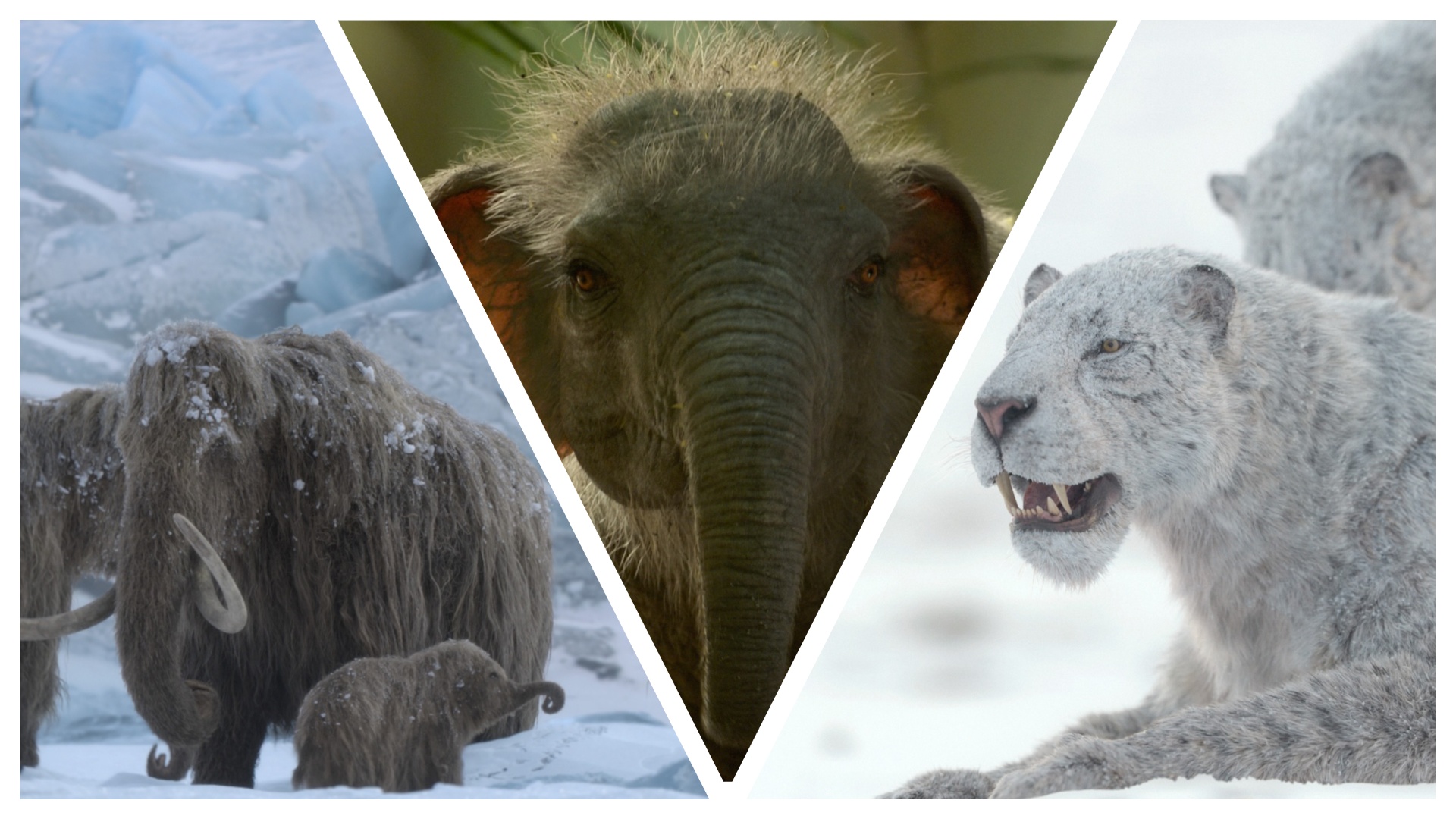

When it comes to prehistoric giants, it’s the dinosaurs that usually take centre stage on our TV screens. Who doesn’t love seeing a T-Rex tear up the waterhole, or a triceratops’ horns making a kebab of a would-be attacker?
But as the winter nights draw in, a new Apple TV show, in partnership with the BBC’s Natural History Unit, turns its attention to an often-overlooked, but no-less-interesting chapter in the history of Earth’s megafauna — the Ice Age.
Just in time for the end of year chill, Prehistoric Planet: Ice Age turns back the clock more than 20,000 years to the Pleistocene epoch — an era of giant cats, woolly mammoths, and a whole host of oversized proto-mammals that would be shoe-ins if any casting call refresh for The Muppets was ever needed.
It’s a breathtaking spectacle — across five Tom Hiddleston-narrated episodes viewers will get up close and personal with knee-high elephants and car-sized armadilloes, and have their preconceptions of the Ice Age challenged by lush jungle vistas and arid desert plains.
Bringing to life these captivating creatures is London’s very own Framestore — the computer effects wizards whose visuals have dazzled the silver screen in everything from Barbie to Blade Runner 2049, as well as the earlier dinosaur-filled series of Prehistoric Planet and the BBC classic Walking With Dinosaurs.
“This is definitely game changing,” Matthew Thompson, Prehistoric Planet’s showrunner, told Shortlist.
“There's been an exponential technology curve. I don't think we could have done this show five years ago.”
Get exclusive shortlists, celebrity interviews and the best deals on the products you care about, straight to your inbox.
Ahead of the show’s broadcast on November 26th, we went behind the scenes with the Prehistoric Planet: Ice Age creative team to find out just what a mammoth undertaking bringing this distinct period of history has been.
1. See the weirdest mammals ever to walk the Earth
Think you’ve seen all the prehistoric world can offer? Think again. Though the Ice Age may rightly conjure images of woolly mammoths and sabre-toothed cats, it’s actually one of the most diverse periods in history for large mammals — especially beyond the frozen tundras that many associate with the Ice Age.
And in Prehistoric Planet: Ice Age, things get weird. If the crazy creatures of modern day Australia raise eyebrows, wait until you’ve seen giant carnivorous kangaroos, or the lion-like distant cousins of the koala with a bite strong enough to make today’s big cats tremble. That’s before checking out the rock-climbing, mountain dwelling, ice-sliding snow sloths, or the Megalocerus giganteus, an elk-like deer with antlers that could stretch 12-feet across.
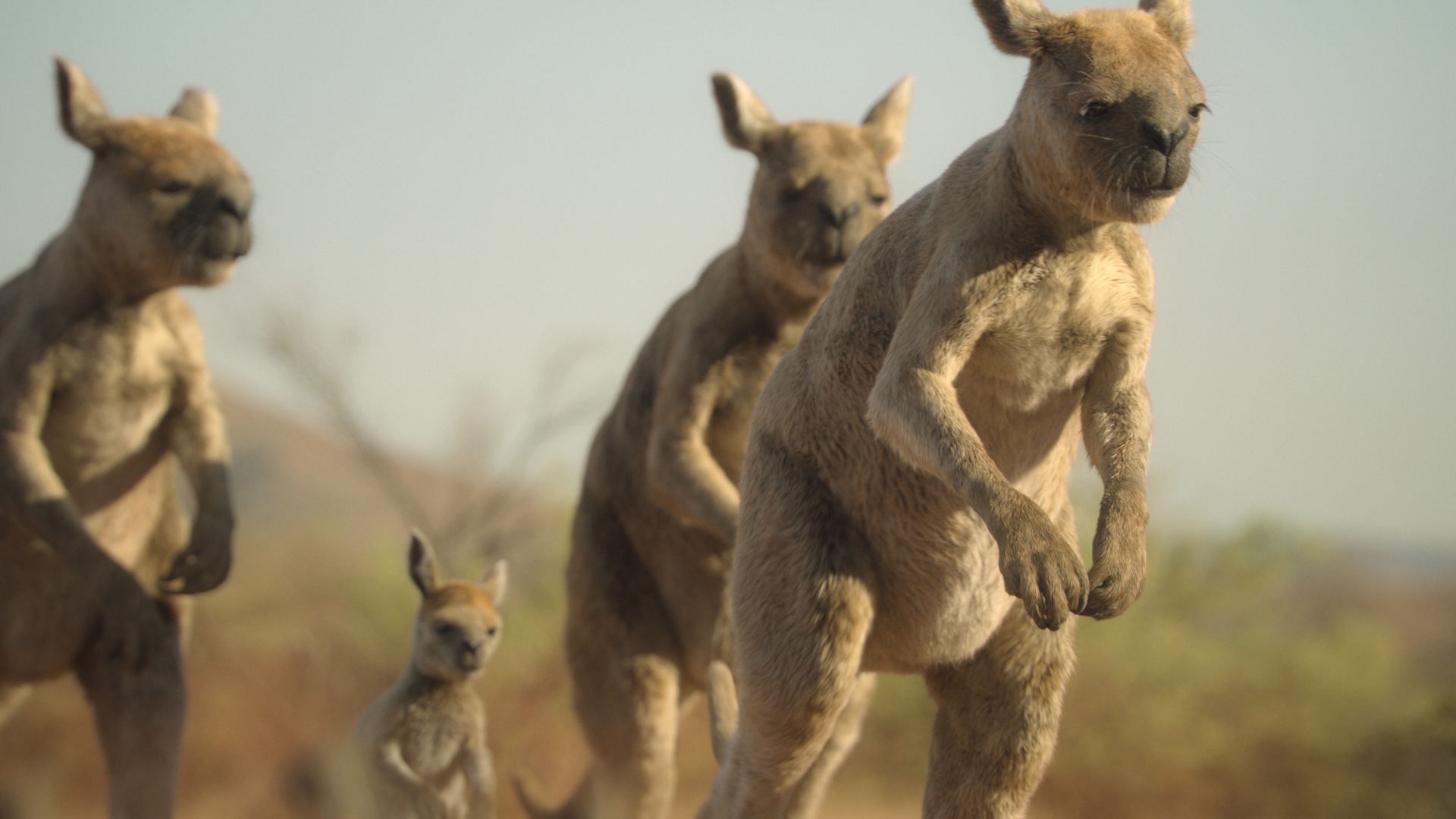
“Where else in the Earth's history has nature put on this incredible show, where the planet's been in dynamic turmoil, and there's been an incredible cast of characters?” says Mike Gunton, Executive Producer and Director of Factual and the Natural History Unit for the BBC.
“You're having huge swings of melting, freezing, and that created great dynamism in the animals, and all sorts of creatures evolved to cope with that. You know, everybody loves a wooly mammoth and a saber tooth — they're sort of superstar animals. But the surprise to me when, subsequently, as we started developing the show, I had no idea how many other types of animal there were, which had nothing to do with ice, all these creatures that lived in these dry areas down south.”
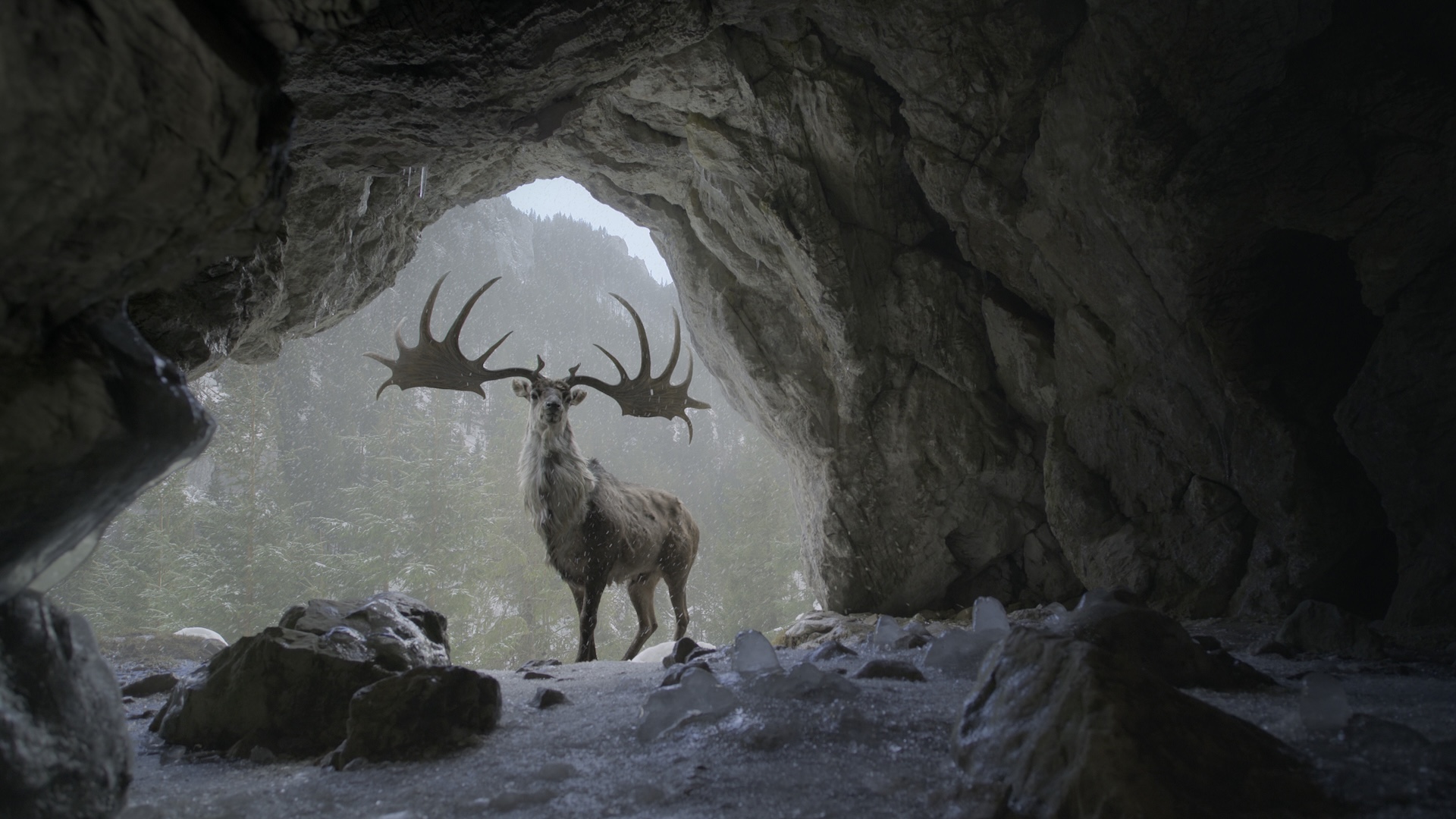
“Quite a few of the creatures we're showing have literally never been on screen before,” adds Thompson.
“I hope that all of them actually have never been on screen quite as convincingly as we've managed to bring them here. So it's an exciting proposition.”
2. Giant stars you won’t believe could have ever existed
The Ice Age was like a who’s who of giant creatures, and Prehistoric Planet: Ice Age is the perfect showcase for these humungous beasts. Across the series, you’ll get to see…
- Arctotherium angustidens: The biggest bear of all time
- Gigantopithecus blacki: The largest ape that ever lived, weighing more than two silverback Gorillas
- Giant otters (Enhydriodon omoensis): Extraordinary creatures that evolved to spend most of their time hunting or scavenging on land. They were over 2 metres long, weighed 400 pounds, and are believed to have lived and hunted in family groups. Their surprise appearance is a show highlight, with the otters fiercely defending a kill
- Diprotodon optatum: Rhino-sized relatives of wombats that were the largest marsupials to ever exist, with a bite twice as powerful as a tiger's
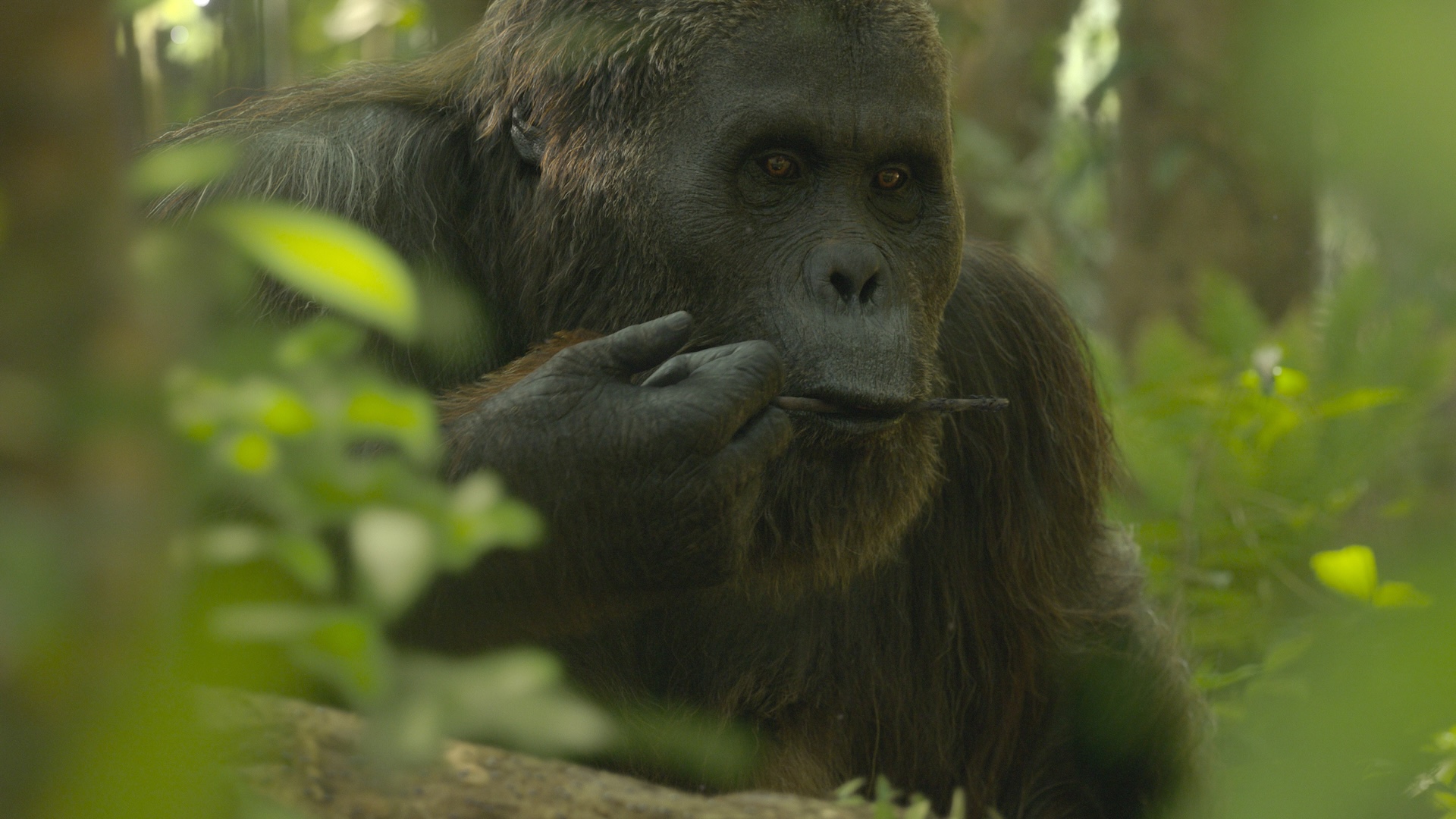
“It might surprise you that, with a handful of exceptions, everything alive today was alive during the Ice Age, including us,” explains Dr. Darren Naish, the show’s Chief Scientific Consultant.
“We are creatures of the Ice Age. But then in addition, you've got this fabulous diversity of what we call megafauna. That's animals bigger than about 40 kilos. We're part of the megafauna, but it also includes wooly mammoths and such. And for me, one of the most exciting things about the Ice Age is, if you think about spectacles in terms of wildlife, like the African megafauna, the modern savannah giants, the whole world is like that in the Ice Age. Every continent except Antarctica has got this incredible diversity of fantastic megafauna, and we know so much about them.”
3. Real-world videography meets cutting edge effects
One of the key production elements that makes Prehistoric Planet: Ice Age so believable is the fact that the majority of shots are filmed on location out in the wild, grounding the CGI ‘characters’ in a real world setting rather than imagining ancient habitats wholesale.
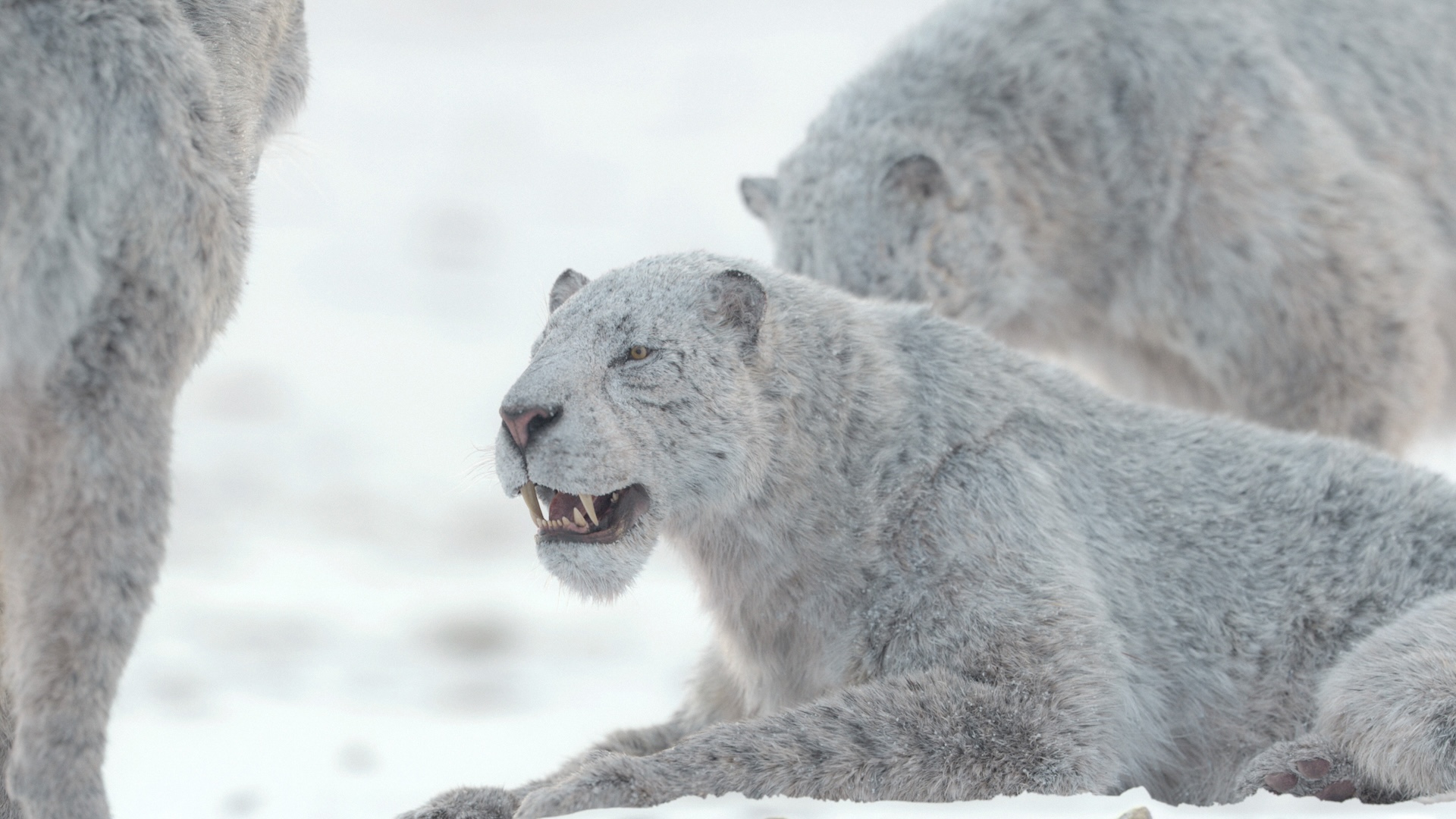
But it’s not simply a matter of setting up a shot like a Hollywood film crew. Under the guidance of the BBC’s Natural History unit, the Prehistoric Planet team set themselves purposeful restrictions to ensure each scene feels like it could have been filmed with actual, real-world living creatures.
“When you're using VFX to do any shot you want, you can have the camera wherever you want it,” explains Thomspon.
“You can go right up next to a sabre-toothed cat and shove a virtual camera in its face. But we don't do that to the extent that every camera position that we use has a rational thought behind it, taking into account how an actual film crew would have gathered that shot. Even to the point of thinking about the notional safety of the crew — so they wouldn't go right up close to an animal. In real life, if it was actually there, it might kill them!”
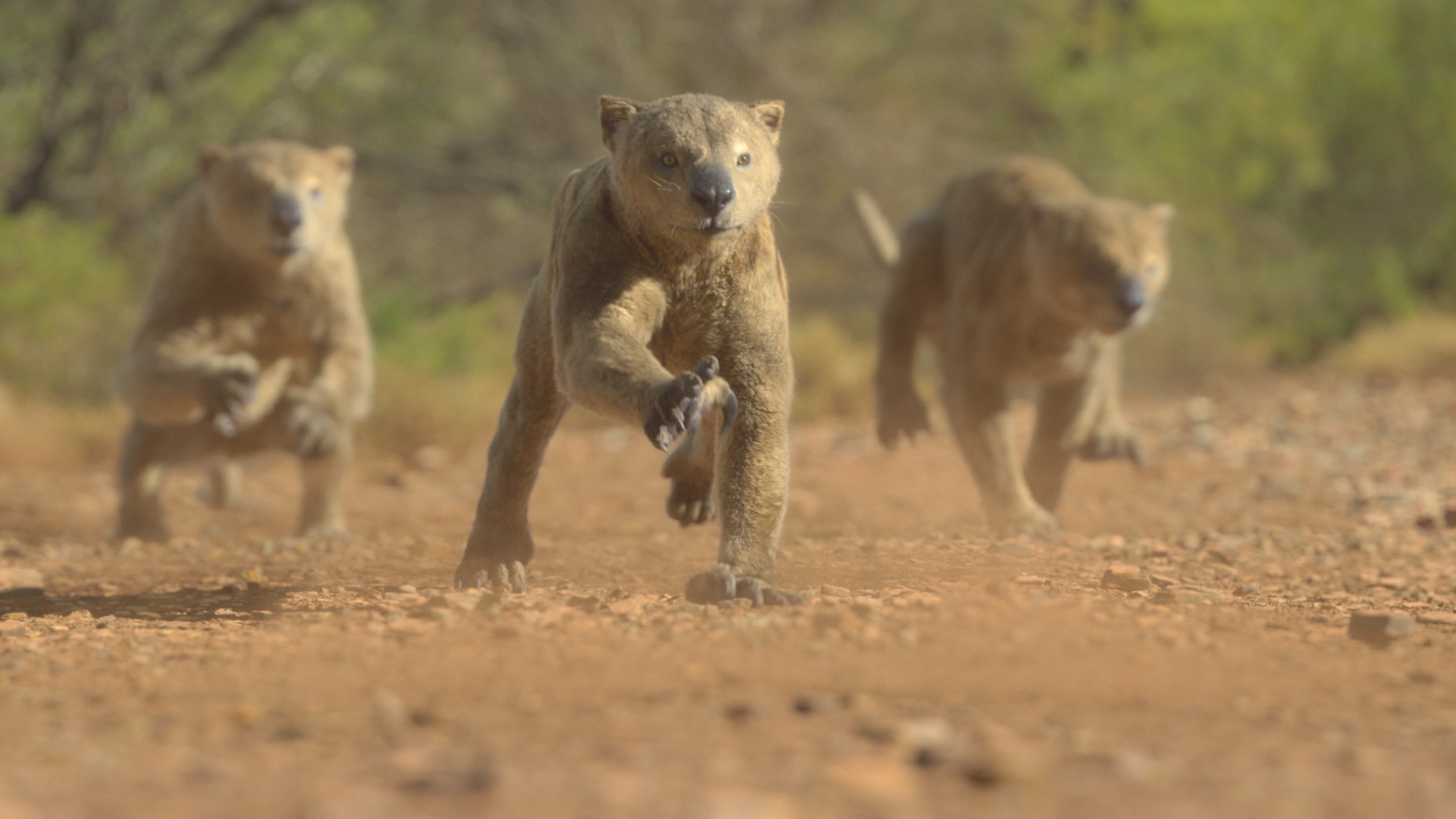
“The visual effects are the centre of the show, in terms of the visuals. But our job is actually to make it feel authentic enough that you forget that you're looking at visual effects at all,” reveals Russel Dodgson, VFX director for Framestore.
“The goal is, how long can you keep someone feeling like they're watching natural history before they kind of go, ‘Okay, this thing's dead’ and it’s CGI. And then how quickly can you get them back into that mindset? It’s this little magic trick that we're trying to play, which is all of those little data points about camera language and heat haze, all these little things.”
“It's the bitter reality, the better we do it, the less people are impressed,” adds Gunton.
As well as dramatic weather patterns to simulate, the Framestore team had a new challenge that wasn’t often poised by previous dinosaur-focussed exploits.
“One of the hardest things we have to do, and it's probably the biggest jump, I think, from the previous seasons to now, is the shift to fur,” says Dodgson.
“Fur is incredibly complex, and we also have quite a lot of feathers. Feathers are an absolute nightmare, because feathers are one of nature's miracles, the way that feathers interact with each other and kind of merge into one thing. The biggest headaches we had were when creatures interacted — you've got millions of fibres that are all pressing against each other, and you need them all to behave themselves.”
4. All new scientific discoveries brought to life
Each episode of Prehistoric Planet: Ice Age has been conceived with thorough scientific research at the heart of every scene. As with previous seasons, production begins with detailed research into the era, from examining the fossil record to understanding the weather systems that influenced the environment.
“The Pleistocene is an incredibly rich area of scientific research,” explains Dr. Naish
“Being much closer in time to our modern world, we have significantly more data, including perfectly preserved animal carcasses found in permafrost across the globe. As our planet heats up, the permafrost is melting, and scientists are racing against time to unearth and study these finds before they are destroyed.”
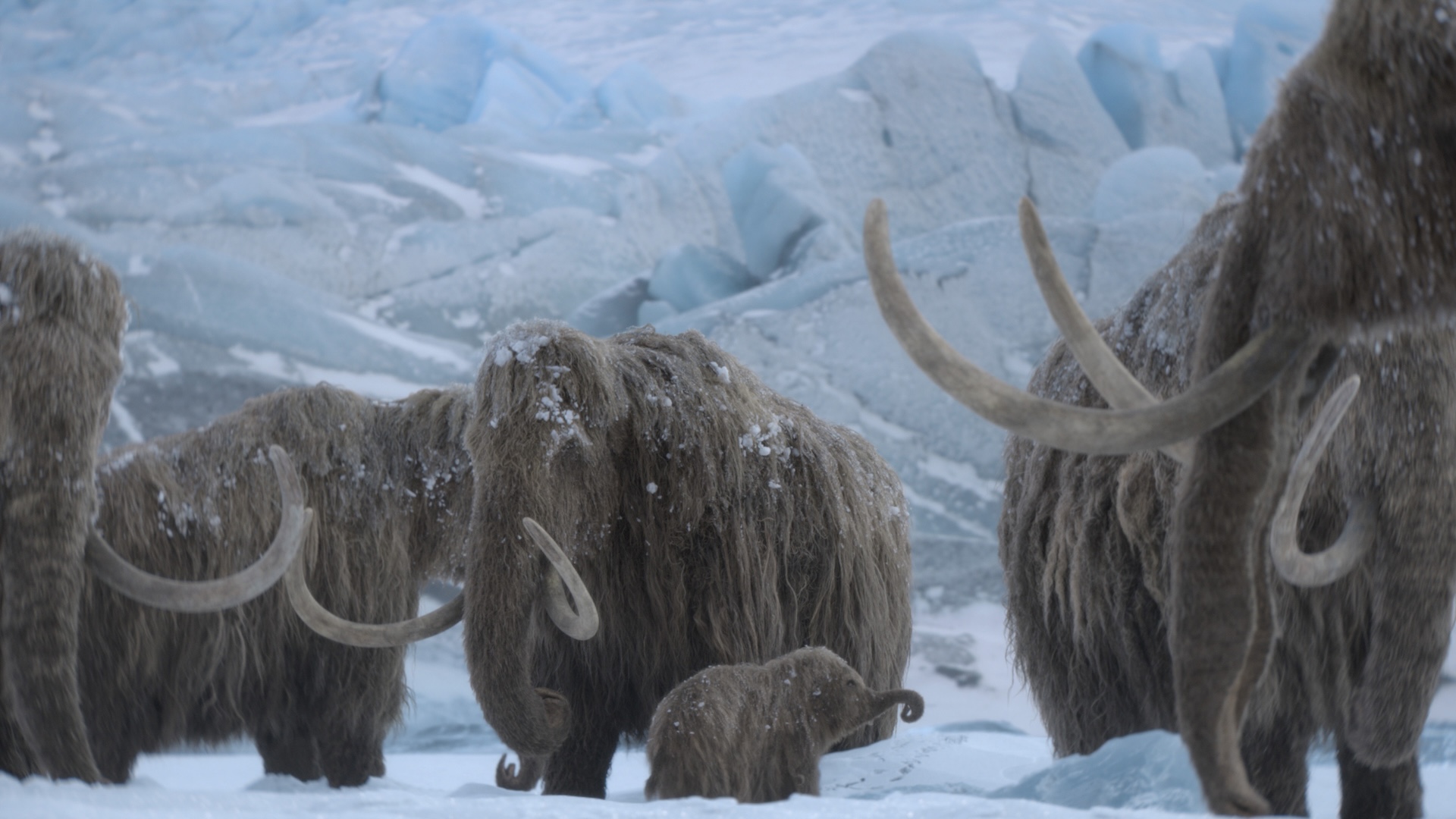
Recent discoveries, including fully preserved mammoths, Ice Age lion cubs, woolly rhinos, saber-toothed cats, and even Ice Age squirrels and songbirds, have revolutionised our understanding of this ancient era, and that’s reflected in each episode. The unique permafrost environment has been instrumental in this, preserving soft tissues, fur, and even stomach contents. This exceptional preservation offers valuable insights into the lives, behaviour, and ecosystems of the show’s extinct animals. And in terms of getting their onscreen looks just right, DNA analysis has in many cases made it far easier to define each creature's appearances based on modern relatives.

For those that want a better understanding of the era, each episode is bookended with a quick explainer with expert scientists in the field, transporting the stars of the show to a modern setting to better understand their scale and relation to today’s animal world. Seeing a giant beer scratching its back against a red phone box might give Londoners more pause for thought than a doom scroll on their smartphones.
5. Introducing the ‘Baby Yoda’ of the prehistoric world
If there’s one animal sure to be a breakout star of the Prehistoric Planet: Ice Age series, it’s got to be the baby stegadon sumbaensis. This tiny elephant ancestor saw adults growing to just 3 feet tall and babies not even 12-inches tall, living on the tropical island of Sumba, Indonesia.
The cutest creature to ever grace a natural history show? Possibly, but it faces great danger in the series, as it’s pursued by 6 foot-tall storks hell bent on having it for dinner.

Does this mega-cute mini marvel evade his would-be predators? We’ll save you the spoilers, but it’s a key question for the team when putting together the stories that illustrate the lives of these long-gone beasts.
“In real life lots of animals get eaten, but often when we make our shows, we tend to pick the stories that are a little bit... less traumatic,” says Gunton, “So we've replicated that as well.”
“There were debates in the team, some people were arguing for more babies to go!” laughs Thompson.
Prehistoric Planet: Ice Age streams from November 26th, 2025, exclusively on Apple TV

Skip the search — follow Shortlist on Google News to get our best lists, news, features and reviews at the top of your feeds!

Gerald Lynch is the Editor-in-Chief of Shortlist, keeping careful watch over the site's editorial output and social channels. He's happiest in the front row of a gig for a band you've never heard of, watching 35mm cinema re-runs of classic sci-fi flicks, or propping up a bar with an old fashioned in one hand and a Game Boy in the other.
You must confirm your public display name before commenting
Please logout and then login again, you will then be prompted to enter your display name.
-
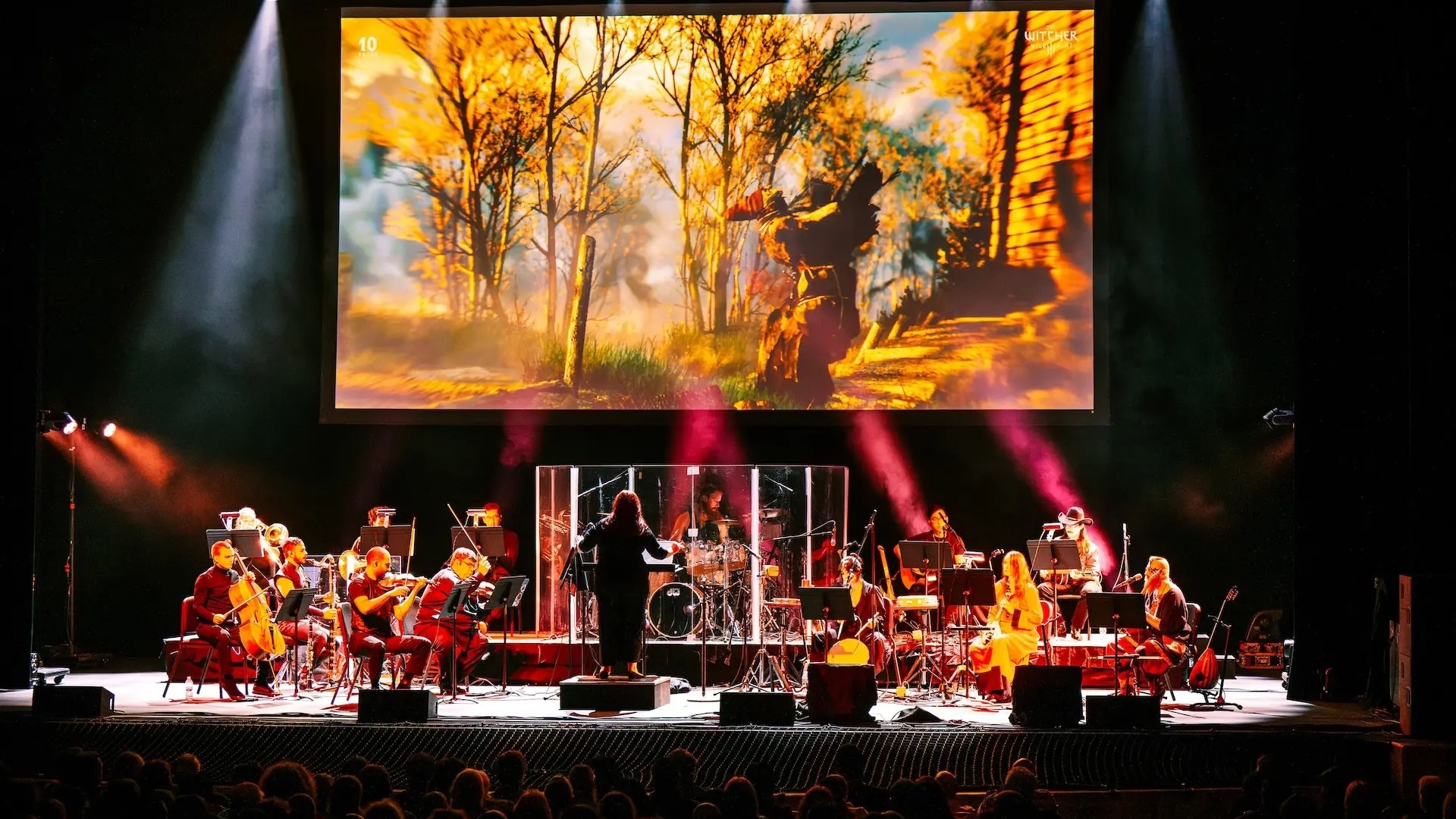 London welcomes The Witcher in Concert as a 25-city European Tour is announced
London welcomes The Witcher in Concert as a 25-city European Tour is announcedFrom Rivia to Rotterdam
-
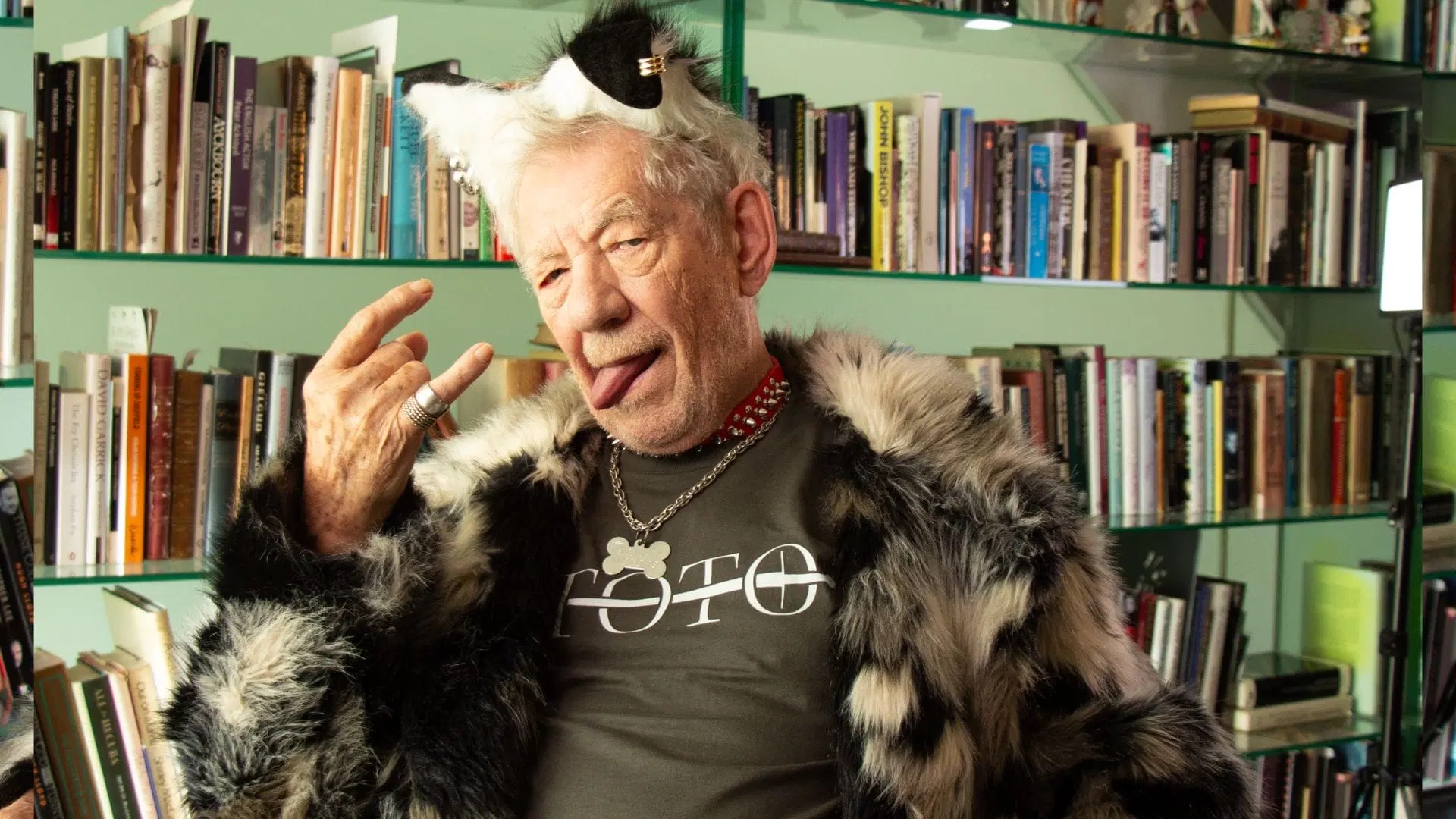 Sir Ian McKellen as Toto the dog and Jeremy Corbyn as the Wizard of Oz-lington: This might be London's most iconic Pantomime in history
Sir Ian McKellen as Toto the dog and Jeremy Corbyn as the Wizard of Oz-lington: This might be London's most iconic Pantomime in historyGandalf becomes a dog, Corbyn becomes a wizard. Standard panto stuff.
-
 Apple TV+ is now just Apple TV — and things are about to get Severance levels of confusing...
Apple TV+ is now just Apple TV — and things are about to get Severance levels of confusing...There's the Apple TV app, the Apple TV service, and the Apple TV streaming box. Yikes...
-
 Production has begun on Ted Lasso season 4 – and they've given everyone a sneak peek
Production has begun on Ted Lasso season 4 – and they've given everyone a sneak peek -
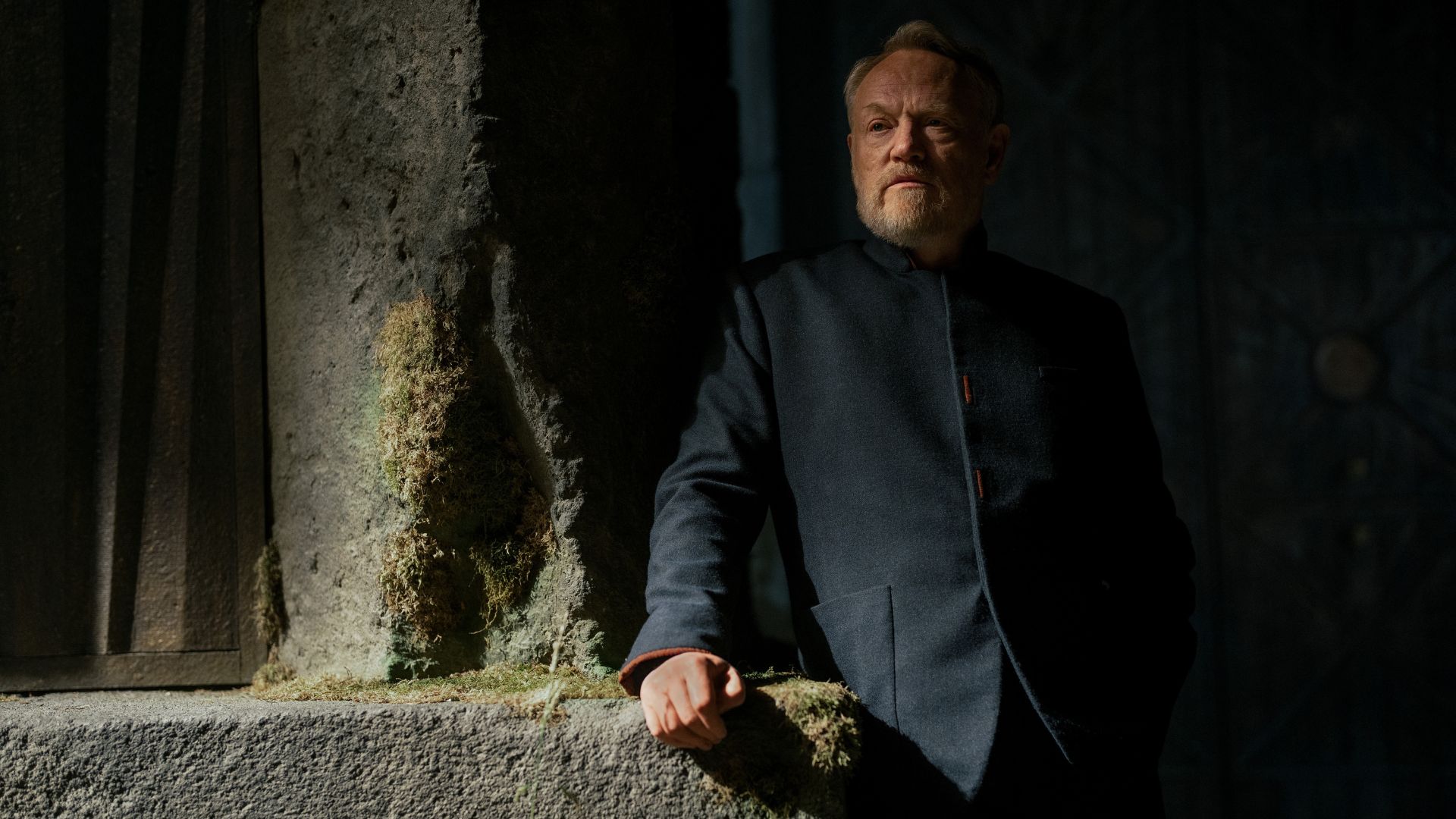 Foundation's Jared Harris on swear words, swashbuckling and the NASA inspiration behind his sci-fi stardom
Foundation's Jared Harris on swear words, swashbuckling and the NASA inspiration behind his sci-fi stardomInvents swear words and loves Greek mythology - certified legend
-
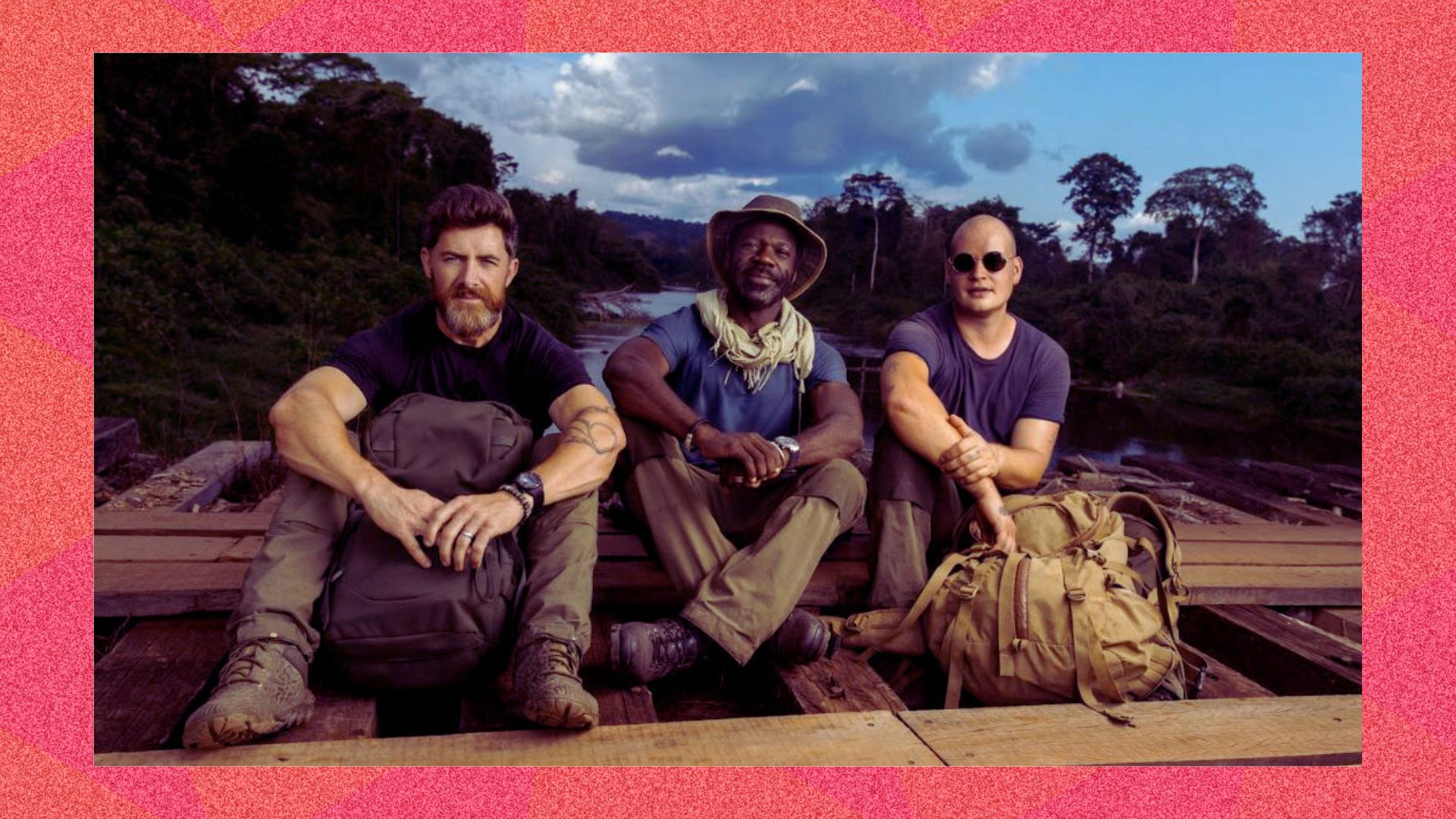 The rarest animals, boxer shorts, and cosplaying Dune: 6 secrets from the stars of new Apple TV+ nature doc, The Wild Ones
The rarest animals, boxer shorts, and cosplaying Dune: 6 secrets from the stars of new Apple TV+ nature doc, The Wild OnesIt's like if David Attenborough and the Three Musketeers had a crossover
-
 Exclusive: Domhnall Gleeson on playing the villain, a dream Cohen brothers collaboration, and his new Apple TV+ movie Echo Valley
Exclusive: Domhnall Gleeson on playing the villain, a dream Cohen brothers collaboration, and his new Apple TV+ movie Echo ValleyDon't get Domhnall Gleeson started on sweet or salty popcorn though...
-
 Two months on and still number one: Apple TV+ has a surefire hit with this crime comedy
Two months on and still number one: Apple TV+ has a surefire hit with this crime comedyWe're about to go Hamm
-
 9 best hidden sci-fi gems on Apple TV+, ranked!
9 best hidden sci-fi gems on Apple TV+, ranked!Apple's streaming service is low-key the best place to get your science fiction streaming fix.
-
 Slow Horses maintains fast pace with season 5 release date announcement
Slow Horses maintains fast pace with season 5 release date announcementSlow Horses, but a fast production
